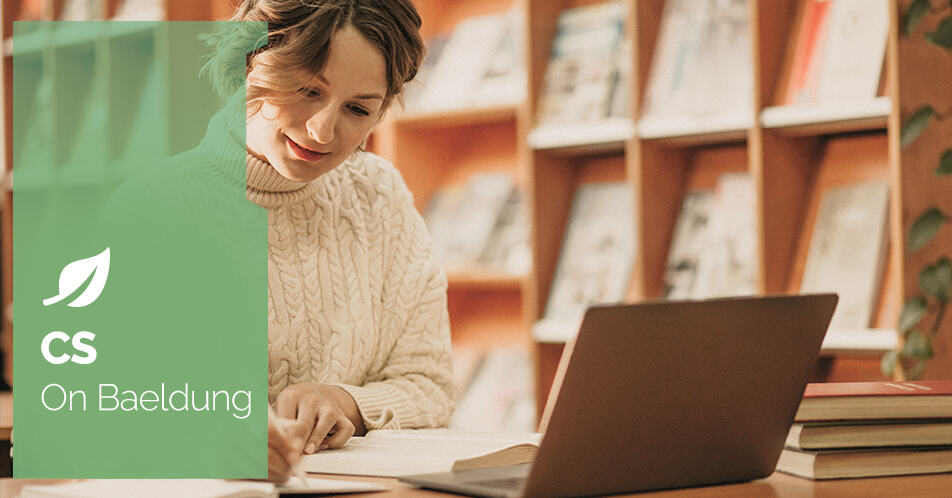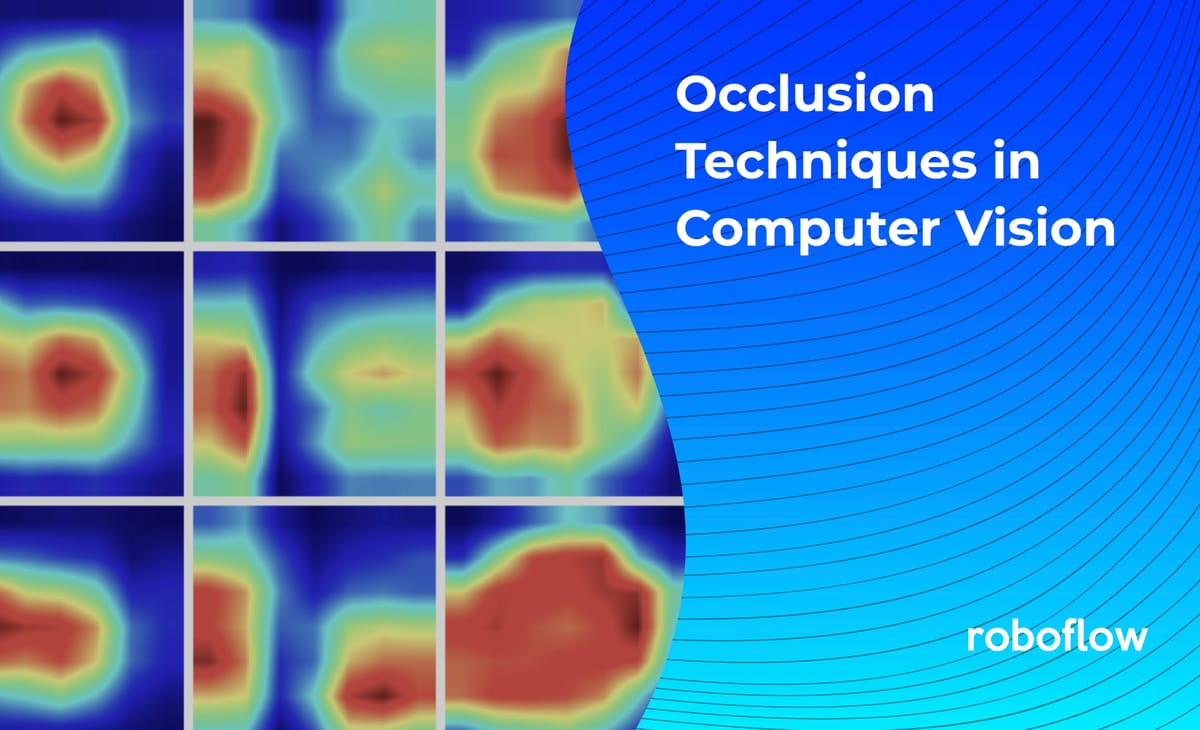Image Processing Occlusions: A Simple Explanation
Learn about occlusions in image processing, understand how they impact computer vision, and discover techniques for handling them effectively.
Learn about occlusions in image processing, understand how they impact computer vision, and discover techniques for handling them effectively.
Occlusion in image processing refers to situations where an object is partially or fully hidden by another object in the image. Imagine you have a picture of a cat sitting behind a fence. The fence bars occlude parts of the cat, making it difficult to see the cat's full shape. Occlusions pose a challenge for computer vision tasks like object detection and tracking. For instance, a model trained to detect cats might struggle to identify the cat in the image because the fence disrupts its shape. Various techniques are used to address occlusions: background subtraction, region-based methods, and deep learning. Solving occlusions is crucial for developing robust computer vision systems that can function reliably in real-world scenarios where occlusions are common.
Occlusion in image processing refers to situations where an object is partially or fully hidden by another object in the image.
Imagine you have a picture of a cat sitting behind a fence. The fence bars occlude parts of the cat, making it difficult to see the cat's full shape.
# Example: A simplified representation of an image with occlusion
image = [
['cat', 'cat', 'fence', 'cat', 'cat'],
['cat', 'cat', 'fence', 'cat', 'cat'],
['cat', 'cat', 'fence', 'cat', 'cat']
]
Occlusions pose a challenge for computer vision tasks like object detection and tracking.
For instance, a model trained to detect cats might struggle to identify the cat in the image because the fence disrupts its shape.
# A simple object detection model might fail to detect the full cat
detect_object(image, 'cat')
# Output: Found cat at (0,0), (0,1), (0,3), (0,4)...
# The model misses the parts of the cat hidden by the fenceVarious techniques are used to address occlusions:
# Using a deep learning model trained on images with occlusions
model = load_occlusion_aware_model()
model.predict(image)
# Output: Cat detected with high confidence despite occlusionSolving occlusions is crucial for developing robust computer vision systems that can function reliably in real-world scenarios where occlusions are common.
This Python code demonstrates the concept of occlusion in object detection. It simulates a simple image with a cat partially hidden behind a fence. A basic color-based detection method fails to fully detect the cat due to the occlusion. The code then introduces a placeholder for a more advanced model, symbolizing its ability to handle such occlusions and correctly identify the cat despite the obstruction. This example highlights the limitations of simple detection methods and the need for more sophisticated approaches to address real-world scenarios where objects are often partially hidden.
This code provides a simplified example of simulating occlusion and demonstrating how a basic object detection method might fail, while a more advanced approach could handle it.
import numpy as np
from PIL import Image, ImageDraw
# Simulate an image with a cat and a fence
image_size = (100, 100)
cat_color = (255, 0, 0) # Red
fence_color = (0, 0, 0) # Black
# Create a blank image
image = Image.new("RGB", image_size, (255, 255, 255))
draw = ImageDraw.Draw(image)
# Draw the cat
draw.ellipse((10, 10, 90, 90), fill=cat_color)
# Draw the fence (vertical lines)
for x in range(20, 80, 10):
draw.line((x, 0, x, 100), fill=fence_color, width=3)
# Convert to numpy array for easier manipulation
image_array = np.array(image)
# Simple object detection (fails with occlusion)
def simple_detect(img, color):
locations = np.where(np.all(img == color, axis=-1))
return list(zip(locations[0], locations[1]))
# Example usage
cat_locations = simple_detect(image_array, cat_color)
print("Cat locations (simple detection):", cat_locations) # Incomplete detection
# Simulated advanced model (handles occlusion)
class OcclusionAwareModel:
def __init__(self):
# In reality, this would be a complex model trained on occluded data
pass
def predict(self, img):
# Simulate successful detection despite occlusion
return "Cat detected with high confidence despite occlusion"
# Example usage
model = OcclusionAwareModel()
prediction = model.predict(image_array)
print(prediction) Explanation:
simple_detect function finds pixels matching the cat's color. This method fails to detect the full cat due to the fence.OcclusionAwareModel is a placeholder for a more sophisticated model. It simply returns a success message, simulating its ability to handle occlusion.Note: This code provides a basic illustration. Real-world occlusion handling involves complex algorithms and training on large datasets with occluded objects.
Beyond the provided code example:
By addressing the challenges posed by occlusion, computer vision systems can achieve higher levels of accuracy and reliability in real-world applications.
Occlusion occurs in images when one object partially or fully blocks another, making the blocked object difficult to perceive. This poses a significant challenge for computer vision tasks like object detection and tracking.
Example: A cat partially hidden behind a fence.
Challenges:
Techniques for Addressing Occlusions:
Importance:
Solving occlusions is crucial for developing robust computer vision systems that function reliably in real-world environments where occlusions are commonplace.
In conclusion, occlusion presents a significant hurdle in image processing, particularly for computer vision tasks. It arises when objects are partially or fully hidden by others, confusing algorithms trained on unobstructed views. Techniques like background subtraction, region-based analysis, and deep learning trained on occluded datasets offer promising solutions. The ability to effectively address occlusion is vital for developing robust computer vision systems capable of operating reliably in real-world scenarios where occlusions are inevitable. As research progresses, we can expect more sophisticated methods to emerge, further enhancing the accuracy and dependability of computer vision applications in various fields.
 Image Processing: Occlusions | Baeldung on Computer Science | Learn about occlusions in image processing.
Image Processing: Occlusions | Baeldung on Computer Science | Learn about occlusions in image processing. Occlusion Techniques in Computer Vision | Computer vision models learn to model a task from a training set, however, like
all deep learning models, they are prone to overfit the data they have been
shown, making poor inferences in the wild.
Occlusion Techniques in Computer Vision | Computer vision models learn to model a task from a training set, however, like
all deep learning models, they are prone to overfit the data they have been
shown, making poor inferences in the wild.Computer vision models, like all machine learning models [https://blog.roboflow.com/computer-vision-model-tradeoff/], tend overfit
 A novel image processing technique for detection of pseudo ... | Pseudo bubble occlusion is a challenging situation for an image analysis tool as it involves a 2D projection of a 3D object. In this work, a robust al…
A novel image processing technique for detection of pseudo ... | Pseudo bubble occlusion is a challenging situation for an image analysis tool as it involves a 2D projection of a 3D object. In this work, a robust al… Detailed cross-sectional study of 60 superficial femoral artery ... | Computer-assisted image processing; femoral artery; multidetector computed tomography; magnetic resonance angiography (MRA); peripheral arterial disease.
Detailed cross-sectional study of 60 superficial femoral artery ... | Computer-assisted image processing; femoral artery; multidetector computed tomography; magnetic resonance angiography (MRA); peripheral arterial disease. Handling Occlusions and Partial Views in AI Image Processing ... | Learn how to deal with occlusions and partial views in AI image processing using techniques and frameworks such as background subtraction, region-based methods, deep learning, generative models, and active vision.
Handling Occlusions and Partial Views in AI Image Processing ... | Learn how to deal with occlusions and partial views in AI image processing using techniques and frameworks such as background subtraction, region-based methods, deep learning, generative models, and active vision. Incremental Generative Occlusion Adversarial Suppression Network ... | Person re-identification (re-id) suffers from the significant challenge of occlusion, where an image contains occlusions and less discriminative pedestrian information. However, certain work consistently attempts to design complex modules to capture implicit information (including human pose landmarks, mask maps, and spatial information). The network, consequently, focuses on discriminative features learning on human non-occluded body regions and realizes effective matching under spatial misalignment. Few studies have focused on data augmentation, given that existing single-based data augmentation methods bring limited performance improvement. To address the occlusion problem, we propose a novel Incremental Generative Occlusion Adversarial Suppression (IGOAS) network. It consists of 1) an incremental generative occlusion block, generating easy-to-hard occlusion data, that makes the network more robust to occlusion by gradually learning harder occlusion instead of hardest occlusion directly. And 2) a global-ad
Incremental Generative Occlusion Adversarial Suppression Network ... | Person re-identification (re-id) suffers from the significant challenge of occlusion, where an image contains occlusions and less discriminative pedestrian information. However, certain work consistently attempts to design complex modules to capture implicit information (including human pose landmarks, mask maps, and spatial information). The network, consequently, focuses on discriminative features learning on human non-occluded body regions and realizes effective matching under spatial misalignment. Few studies have focused on data augmentation, given that existing single-based data augmentation methods bring limited performance improvement. To address the occlusion problem, we propose a novel Incremental Generative Occlusion Adversarial Suppression (IGOAS) network. It consists of 1) an incremental generative occlusion block, generating easy-to-hard occlusion data, that makes the network more robust to occlusion by gradually learning harder occlusion instead of hardest occlusion directly. And 2) a global-ad Tracking of moving objects under ... - Scholars@Duke publication | ... occlusions even in the presence of weak object boundaries. We adopt an ... Proceedings - International Conference on Image Processing, ICIP, 1, 301–304.
Tracking of moving objects under ... - Scholars@Duke publication | ... occlusions even in the presence of weak object boundaries. We adopt an ... Proceedings - International Conference on Image Processing, ICIP, 1, 301–304. Occlusion-Aware 3D Morphable Models and an Illumination Prior for ... | Jan 31, 2018 ... Face image analysis is a major field in computer vision. We focus on 3D reconstruction of a face given a single still image under occlusions.
Occlusion-Aware 3D Morphable Models and an Illumination Prior for ... | Jan 31, 2018 ... Face image analysis is a major field in computer vision. We focus on 3D reconstruction of a face given a single still image under occlusions.